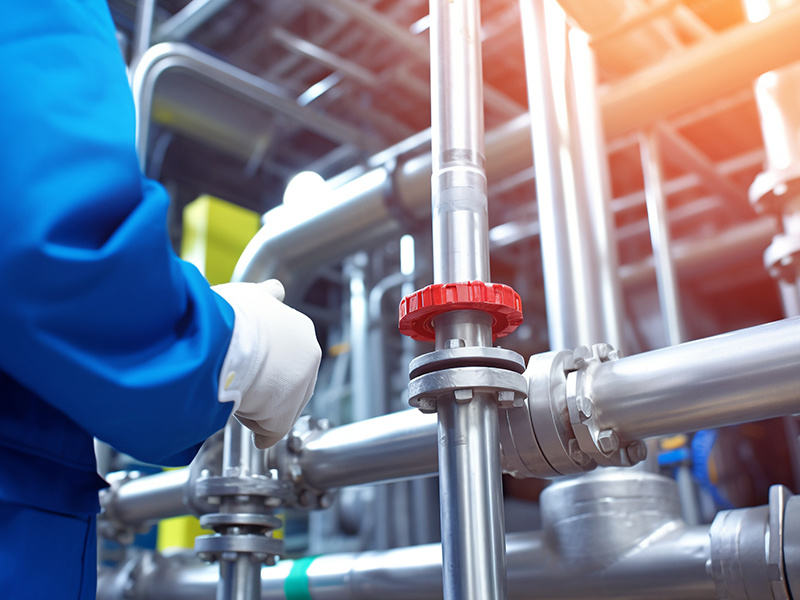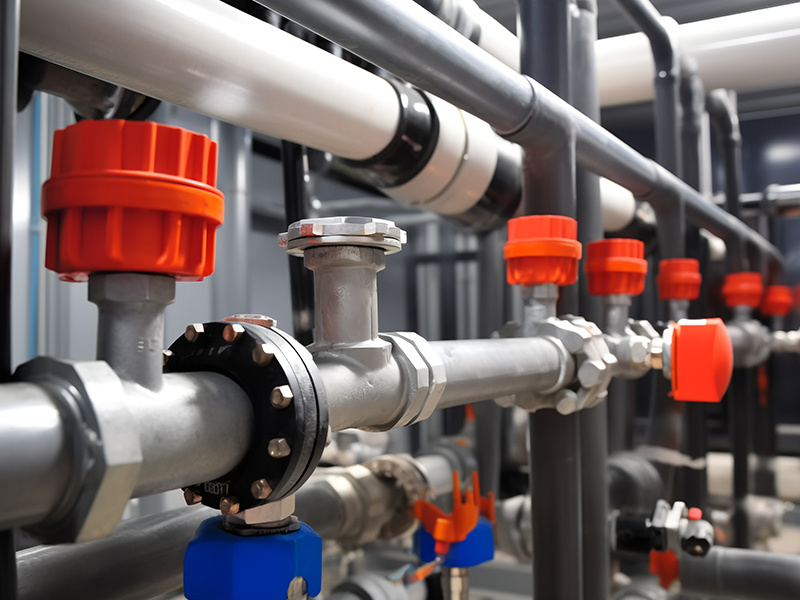Understanding Check Valves: The Unsung Heroes of Fluid Control
Release Time:
Jun 15,2025
Discover the crucial role of check valves in various industries, their applications, and benefits.
Understanding Check Valves: The Unsung Heroes of Fluid Control
In the world of industrial applications, there are a few components that often fly under the radar yet play a pivotal role in ensuring systems work smoothly. Enter the check valve, a simple yet incredibly effective mechanism that prevents backflow in pipelines. This article dives into the nuts and bolts of check valves, their significance, and how they can be the unsung heroes in various industries.
What is a Check Valve?
At its core, a check valve is a one-way valve that allows fluid to flow in one direction while preventing it from flowing backward. Think of it like a bouncer at a club—only letting the right people in and keeping the unruly ones out. These valves are integral in systems ranging from water supply to oil and gas, ensuring that operations remain uninterrupted and efficient.
How Check Valves Work
So, how do these nifty devices do their job? Well, check valves employ a simple mechanism where the flow of fluid opens the valve. When the fluid attempts to reverse direction, the valve closes, effectively blocking the backflow. This action not only protects equipment from potential damage but also enhances the efficiency of the overall system. Pretty neat, huh?
Types of Check Valves
There are several types of check valves, each tailored for specific applications:
- Ball Check Valve: Utilizes a ball that moves with the flow, sealing the valve when backflow occurs.
- Lift Check Valve: Features a disc that lifts off its seat to allow flow and drops to seal against backflow.
- Swing Check Valve: Employs a hinged disc that swings open with flow but swings back to seal when flow reverses.
- Spring Check Valve: Uses a spring-loaded mechanism to assist in closing the valve against backflow.
Applications Across Industries
Check valves are ubiquitous in various sectors. Here are a few examples:
- Water Treatment: Prevent backflow in municipal water systems, ensuring clean water supply.
- Oil and Gas: Protect pipelines from pressure fluctuations and maintain system integrity.
- HVAC Systems: Ensure proper airflow by preventing reverse flow in duct systems.
- Automotive: Used in fuel systems to prevent backflow and maintain pressure.
Benefits of Using Check Valves
You might be wondering, why go the extra mile to use check valves? Well, here are a few perks:
- Protects Equipment: By preventing backflow, check valves safeguard pumps and other machinery from damage.
- Enhances Efficiency: Ensures that systems operate optimally without interruptions caused by reverse flow.
- Cost-Effective: Preventing damage and inefficiencies translates to lower maintenance costs.
- Easy Installation: Typically straightforward to install, making them a practical choice for many applications.
Choosing the Right Check Valve
When selecting a check valve, consider factors such as:
- Fluid type (liquid, gas, or slurry)
- Pressure and temperature requirements
- Size and installation space
- Flow rate and direction
Getting these factors right can mean the difference between a smooth operation and a costly mishap. It’s like picking the right tool for the job—get it right, and everything runs like a well-oiled machine!
In Conclusion
Check valves may not be the flashiest components in the industrial toolbox, but their impact is undeniable. They keep systems running smoothly, protect equipment from damage, and ultimately save time and money. So, the next time you hear someone mention a check valve, give a nod of acknowledgment to these unsung heroes of fluid control!





